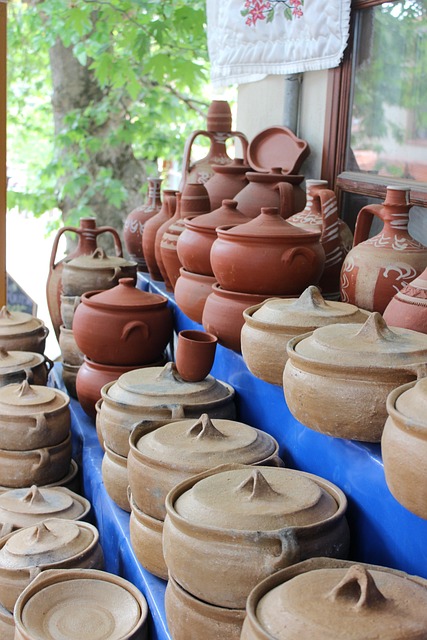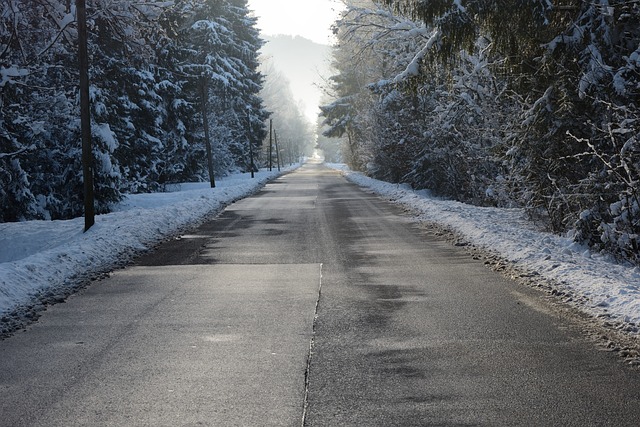Viking Age ✌ Unraveling the Mystique of the Viking Age: A Journey into the Heart of Norse Culture

Unraveling the Mystique of the Viking Age: A Journey into the Heart of Norse CultureViking Age

Once upon a time, in a world not so far away, there roamed fierce warriors and exceptional seafarers known as the Vikings. These Norse men and women, with their braided hair and intricately woven garments, have captured our imaginations for centuries. But who are these people really? What drove them to set sail on treacherous waters, and what legacies did they leave behind? Buckle up, because we’re about to embark on a captivating journey into the Viking Age, a time where adventure was a way of life, and storytelling was the heartbeat of a culture.Viking Age
To truly understand the Vikings, we must first step back into their world, a period stretching from the late 8th century to the early 11th century. This era was marked by the Viking raids across Europe, their exploration of distant lands, and a unique culture that blended fearlessness with artistry. Picture it: longships cutting through icy waters, sails flapping in the wind, and warriors with gleaming helmets ready to conquer new territories. But hold on—let’s not get ahead of ourselves. The Vikings were more than just raiders; they were traders, explorers, and settlers, with a profound connection to their environment and an intricate social structure.
Let’s talk about those legendary longships for a moment. These vessels were nothing short of engineering marvels, enabling the Vikings to navigate both open seas and shallow rivers with ease. Crafted from oak and designed with a shallow draft, they could glide through waters like a knife through butter. Imagine the thrill of setting sail, the salty breeze in your hair, as you venture into the unknown. The longship was more than just transportation; it was a symbol of Viking ingenuity and their thirst for exploration.Viking Age

Now, while many of us might picture Vikings as ruthless warriors, they were also exceptional traders. Their expeditions weren’t solely about pillaging; they were deeply intertwined with commerce. The Vikings established extensive trade routes, connecting the East and West, and they traded everything from furs and amber to spices and textiles. With their sharp minds and keen instincts, they navigated the bustling marketplaces, bartering and exchanging goods, fostering economic networks that transcended cultural boundaries. It’s a testament to their adaptability and their understanding of the world around them.
But let’s not forget the spiritual side of Viking life, where mythology played a significant role. The Norse pantheon was a vibrant tapestry of gods and goddesses, each with their own tales and adventures. Odin, the all-father, with his wisdom and warlike nature; Thor, the mighty thunder god, wielding his hammer with unparalleled strength; and Freyja, the goddess of love and fertility, captivating hearts everywhere. These deities weren’t just figures of worship; they embodied the values and ideals of Viking society. The sagas, epic tales passed down through generations, were filled with adventure, bravery, and the eternal struggle between fate and free will.
Family and community were the backbone of Viking society. Clans were tightly knit, bound by loyalty and shared experiences. Feasts were a common sight, where stories were exchanged, and bonds were strengthened over hearty meals and mead. The communal spirit was palpable, as everyone played a role in the survival and prosperity of the group. It’s fascinating to think about how these social structures shaped their way of life, allowing them to thrive in sometimes harsh and unforgiving environments.
As we navigate through the Viking Age, it’s essential to acknowledge the legacy they left behind. The impact of the Vikings is still felt today, from language and place names to cultural practices that have endured through the ages. Their explorations led to the discovery of new lands, with some historians even suggesting they reached North America long before Columbus. The blending of cultures that occurred as a result of their interactions paved the way for the world we know today.
And what about the end of the Viking Age? As the 11th century rolled in, the tides began to change. The Vikings, once feared and revered, faced the pressures of emerging kingdoms and the spread of Christianity. Their way of life gradually transformed, as they settled into new lands and adapted to changing times. But their spirit of adventure, resilience, and creativity continues to resonate, inspiring countless tales and legends that keep their memory alive.
So, as we close this chapter on the Viking Age, let’s carry forward the essence of these remarkable individuals. They were not just warriors or traders; they were storytellers, explorers, and community builders. Their legacy teaches us about the importance of connection, the thrill of adventure, and the power of storytelling that transcends time. The Vikings may have sailed into the pages of history, but their spirit lives on, reminding us that the world is vast and filled with stories waiting to be discovered.
Fale conosco. Envie dúvidas, críticas ou sugestões para a nossa equipe através dos contatos abaixo:
Telefone: 0086-10-8805-0795
Email: portuguese@9099.com


